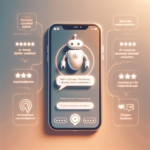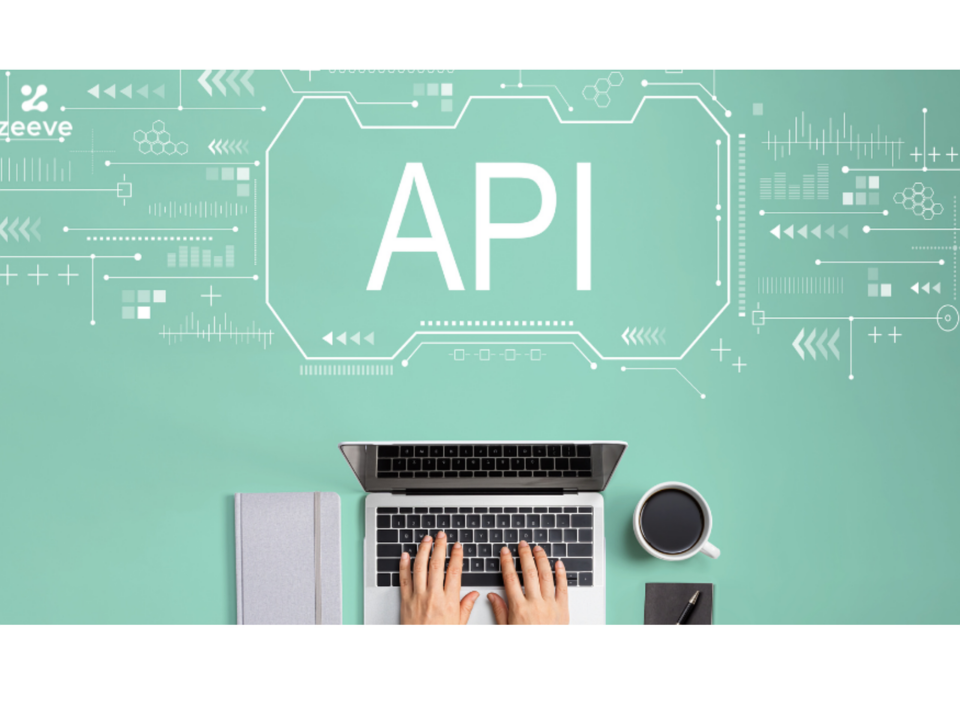
How AI-Powered Chatbots Enhance Customer Engagement in Real-Time Interactions
January 4, 2025
How AI-Powered Messenger Solutions Enhance Sales Interactions
January 27, 2025With increased dependency on technology for managing customer interactions, Messaging APIs have emerged as a modern solution, enhancing how businesses communicate compared to traditional methods like phone calls, emails, and SMS. This article explores their differences, advantages, and impact on customer engagement.
1. Definition and Functionality
Messaging APIs are sets of protocols and tools that allow developers to integrate messaging functionality into applications. They enable real-time conversations through platforms such as WhatsApp, Facebook Messenger, and SMS, offering businesses seamless ways to connect with customers.
Traditional communication methods, such as email and phone calls, lack this integration. While still useful, they tend to be more unidirectional and slower, making them less adaptable to the needs of today’s fast-paced digital environment.
2. Real-Time Communication
The standout benefit of Messaging APIs is real-time communication. In contrast, traditional methods like email often involve delays that frustrate users.
For example, a 2023 Salesforce report revealed that 64% of customers expect instant replies. Messaging APIs empower businesses to meet this expectation and enhance customer satisfaction dramatically.
3. Integration with Other Tools
Messaging APIs integrate effortlessly with CRM systems, chatbots, and analytics tools. This allows for automated workflows, personalized communication, and efficient data tracking.
Conversely, traditional methods often rely on manual effort. Email correspondence may require agents to sort, respond, and log information manually, resulting in delays and inconsistencies.
4. Multi-Channel Support
One major advantage of Messaging APIs is their multi-channel support. They allow businesses to manage communications across websites, mobile apps, and social media—all from a unified platform.
A McKinsey study in 2019 found that effective omnichannel communication helps retain up to 89% of customers, compared to just 33% with single-channel efforts. Messaging APIs ensure seamless communication across various touchpoints, creating a unified customer journey.
5. Scalability and Cost-Effectiveness
As businesses grow, so do communication demands. Messaging APIs scale easily, handling thousands of queries simultaneously using automation like chatbots.
They’re also cost-effective. According to Zendesk (2020), businesses using messaging can cut customer service costs by up to 30%. Traditional methods, on the other hand, often require larger teams and infrastructure, driving up costs.
6. Rich Media and Enhanced Experience
Messaging APIs support the sharing of rich media—images, videos, documents—directly in chats. This creates a more interactive and engaging customer experience.
Traditional methods are usually limited to plain text, which can make communication less dynamic and appealing.
Conclusion
Messaging APIs have emerged as a transformative force in customer communication. They are fast, scalable, integrative, and engaging—qualities that traditional communication tools often lack.
Adopting Messaging APIs isn’t just about following a trend; it’s about aligning with consumer expectations and building a future-ready business. Embracing these tools allows businesses to enhance customer experiences and stay competitive in a digital-first world.
———-
References
- Salesforce, 2023. The State of the Connected Customer. Salesforce Report.
https://www.salesforce.com/eu/resources/research-reports/state-of-the-connected-customer-2022/
- Gartner, 2021. The Future of Customer Service.
https://www.gartner.com/en/customer-service-support/trends/future-of-customer-service#:~:text=About%20the%20Future%20of%20Customer,personalized%20and%20value%2Ddriven%20interactions.
- McKinsey, 2019. How to capture what the customer wants.
https://www.mckinsey.com/capabilities/operations/our-insights/how-to-capture-what-the-customer-wants
- Zendesk, 2020. The Zendesk Customer Experience Trends Report 2020.
https://www.zendesk.com/blog/zendesk-customer-experience-trends-report-2020/



